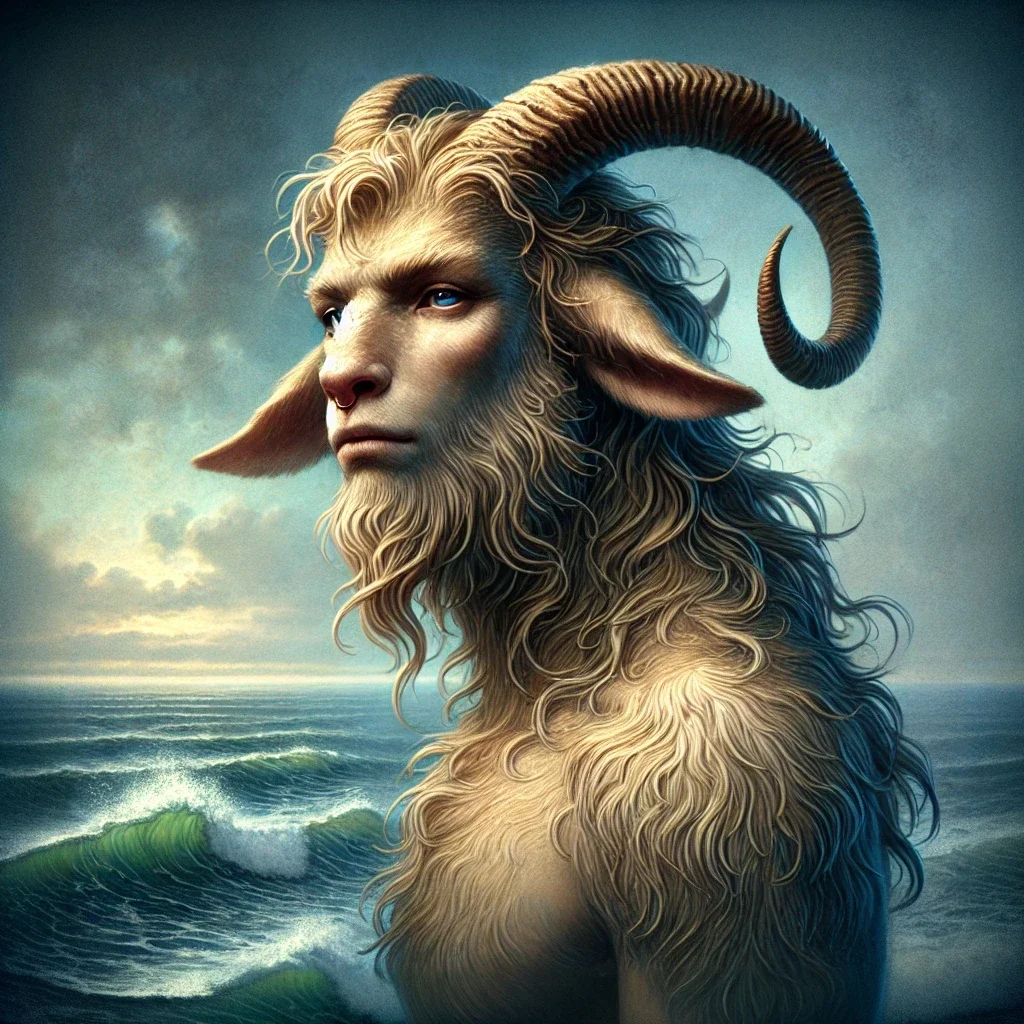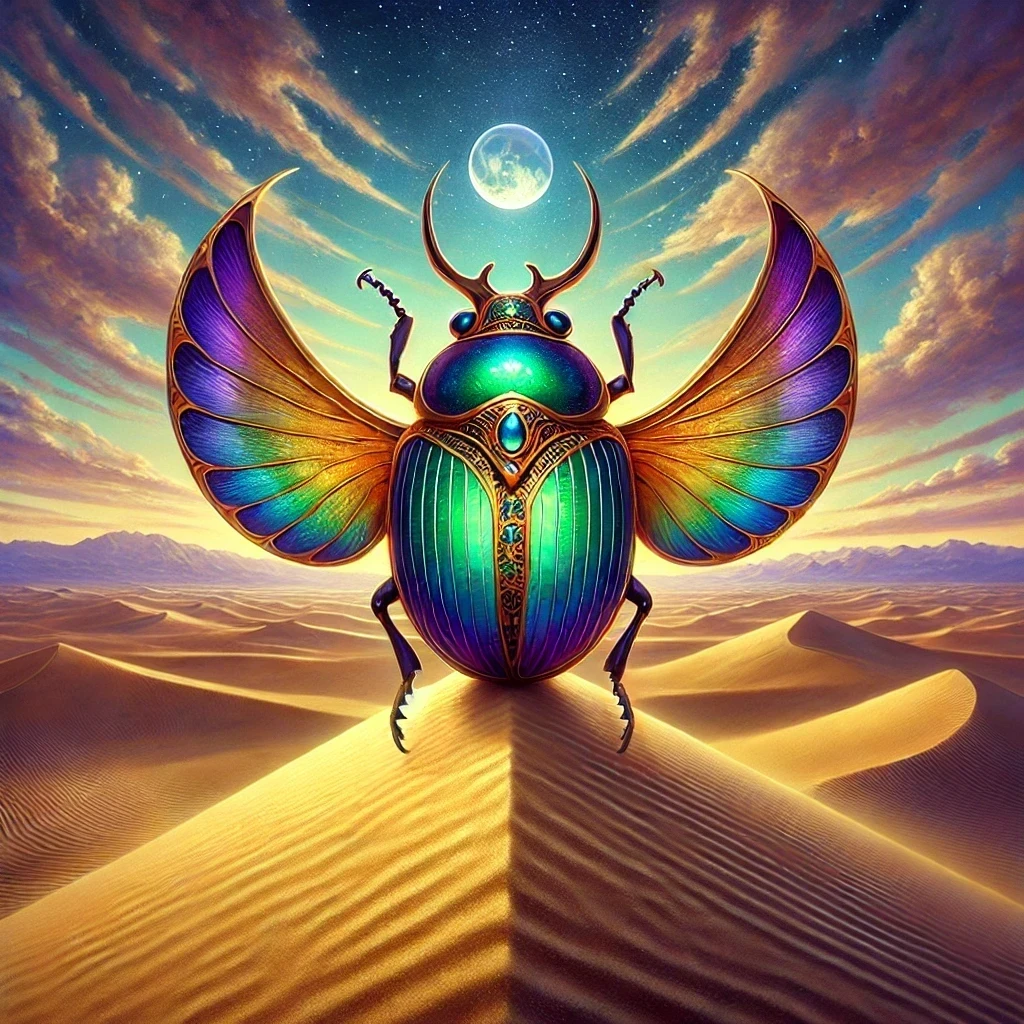Satyrs are among the most recognizable creatures in Greek mythology, known for their half-human, half-goat appearance and their association with the natural world, revelry, and mischief. Often depicted as companions of Dionysus, the god of wine and ecstasy, satyrs embody the untamed and hedonistic aspects of nature. Their mythological role has transcended ancient tales, leaving a lasting impact on art, literature, and modern pop culture.
Historical & Cultural Background
The origins of satyrs can be traced back to Ancient Greece, where they first appeared in art and literature during the Archaic period (8th to 6th centuries BCE). These mythical beings were initially depicted as grotesque and highly animalistic, with exaggerated features emphasizing their wild and primal nature.
Evolution Over Time
- Archaic Period: Satyrs were portrayed with equine features, such as horse tails and ears, symbolizing their connection to the untamed aspects of nature.
- Classical Period: Their depiction shifted to goat-like features, including hooves and horns, aligning them more closely with pastoral and rustic themes.
- Hellenistic and Roman Periods: Satyrs were romanticized, becoming more anthropomorphic and less grotesque. They were often depicted as playful and mischievous, embodying the joys of nature and festivity.
Satyrs were a significant part of Greek culture, especially in the context of Dionysian rituals and festivals, where they represented the liberating power of wine and revelry. Over time, their image spread to Roman culture, where they were often conflated with the fauns of Roman mythology.
Myths & Legends
Satyrs feature prominently in many Greek myths, often playing the role of comedic relief or mischievous side characters.
Notable Myths
- Satyrs and Dionysus: As loyal followers of Dionysus, satyrs participated in wild revelries and Bacchic orgies, embodying the ecstatic and chaotic aspects of the god’s domain.
- Pan and the Satyrs: The god Pan, often considered the leader of the satyrs, shares many traits with these creatures. Myths frequently depict Pan and the satyrs working together to protect the wilderness and spread chaos among unsuspecting humans.
- Marsyas the Satyr: In a darker tale, Marsyas, a satyr, challenged the god Apollo to a musical contest and suffered a grim fate when he lost. This myth highlights the satyrs’ hubris and the consequences of defying the gods.
Regional variations of satyr myths also exist, with different traits and characteristics emphasized depending on the locale.
Symbolism & Meaning
Satyrs symbolize the duality of human nature: the balance between civilization and untamed wilderness. They are often interpreted as representations of humanity’s primal instincts and desires.
- Freedom and Wildness: Their carefree and hedonistic behavior embodies the unrestrained joy of living in harmony with nature.
- Excess and Folly: Satyrs’ association with Dionysian revelry also underscores the dangers of indulgence and excess.
- Rustic Life: As creatures of the forest, they are closely tied to pastoral themes, representing the simplicity and beauty of rural life.
Their goat-like features, particularly horns and hooves, further connect them to fertility and vitality, traits often celebrated in ancient agricultural societies.
Associated Environments or Ecosystems
Satyrs are intrinsically tied to the wilderness, particularly forests and mountains. These habitats reflect their untamed nature and their role as protectors of the natural world.
- Forests: Satyrs are often depicted roaming dense woods, where they engage in dances and revelries. Their presence in these environments reinforces their connection to the mysteries and magic of the wild.
- Mountains: As creatures of rustic life, they are frequently associated with mountainous regions, where they live in harmony with goats and other wildlife.
- Sacred Groves: In some myths, satyrs are protectors of sacred spaces, punishing those who desecrate these areas.
Powers & Abilities
Satyrs possess unique traits that set them apart from other mythical creatures.
- Musical Talent: Renowned for their skill with instruments like the flute and lyre, satyrs often use music to entrance or manipulate others.
- Extraordinary Agility: Their goat-like features grant them exceptional speed and dexterity, making them elusive and difficult to capture.
- Mischievous Magic: Some myths attribute minor magical abilities to satyrs, allowing them to cause confusion or mischief.
- Strength and Resilience: Despite their hedonistic lifestyle, satyrs are often portrayed as strong and resilient, capable of holding their own in physical confrontations.
Interactions with Humans & Cultural Impact
Satyrs’ relationship with humans is complex, ranging from playful interactions to cautionary tales.
Ancient Rituals and Traditions
- Dionysian Festivals: Satyrs were central figures in rituals dedicated to Dionysus, symbolizing the liberation of the human spirit through wine and dance.
- Satyr Plays: A form of ancient Greek drama, satyr plays combined elements of tragedy and comedy, often featuring satyrs as the main characters.
Modern Pop Culture
Satyrs have endured as a symbol of nature and mischief in modern media.
- Literature: From Nathaniel Hawthorne’s “The Marble Faun” to C.S. Lewis’s “The Chronicles of Narnia,” satyrs have appeared as complex characters blending human and animal traits.
- Film and Television: Satyrs frequently appear in fantasy films and series, such as the “Percy Jackson” series, where Grover Underwood serves as a loyal companion.
- Games: Satyrs are popular in video games like “World of Warcraft” and “God of War,” often depicted as powerful adversaries or allies.
Connections to Other Creatures
Satyrs share similarities with several other mythological beings.
- Fauns: In Roman mythology, fauns are often conflated with satyrs but are generally less mischievous and more benign.
- Centaurs: Both creatures embody the tension between civilization and nature, but centaurs are typically more noble, while satyrs are playful and hedonistic.
- Nymphs: Satyrs frequently interact with nymphs, often in the context of myths involving pursuit and romance.
Interesting Facts & Curiosities
- Satyrs were often depicted with permanent erections in ancient art, emphasizing their association with fertility and lust.
- They are closely tied to the Greek god Silenus, an elder satyr and tutor to Dionysus.
- The word “satyr” has inspired the term “satire,” reflecting their comedic and irreverent nature.
- In medieval bestiaries, satyrs were sometimes portrayed as real creatures inhabiting distant lands.
- Satyrs were a favorite subject of ancient vase painters, appearing in countless depictions of Dionysian revelries.
- The Roman poet Ovid often included satyrs in his works, showcasing their role in pastoral and love poetry.
- Some modern interpretations depict satyrs as guardians of the environment, emphasizing their role as protectors of nature.
- Satyrs have inspired numerous fantasy creatures in modern media, such as Dungeons & Dragons’s “fey” beings.
- They are often associated with the invention of the aulos, a double-reeded wind instrument.



